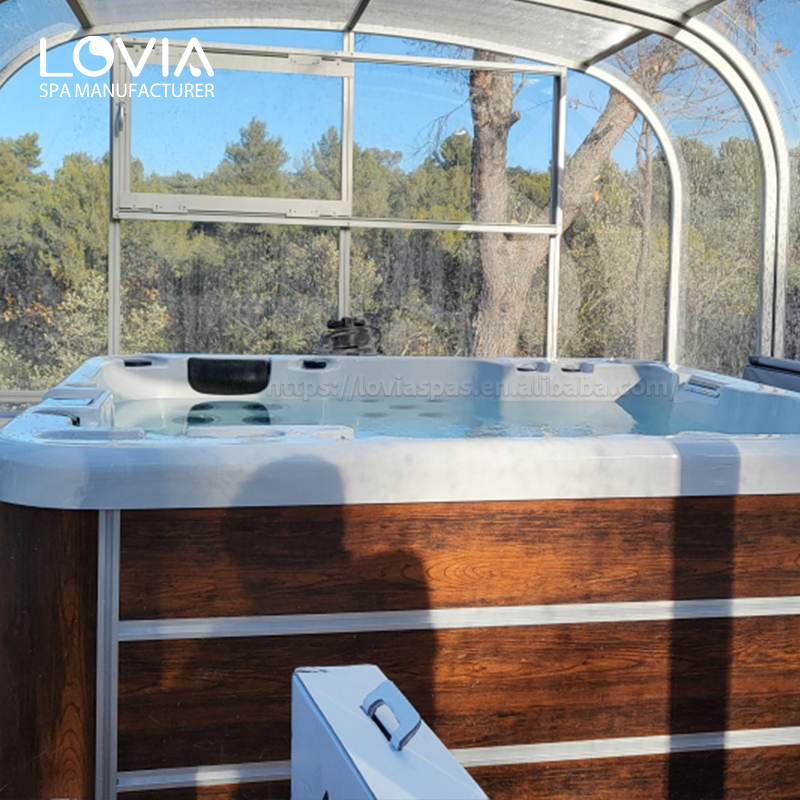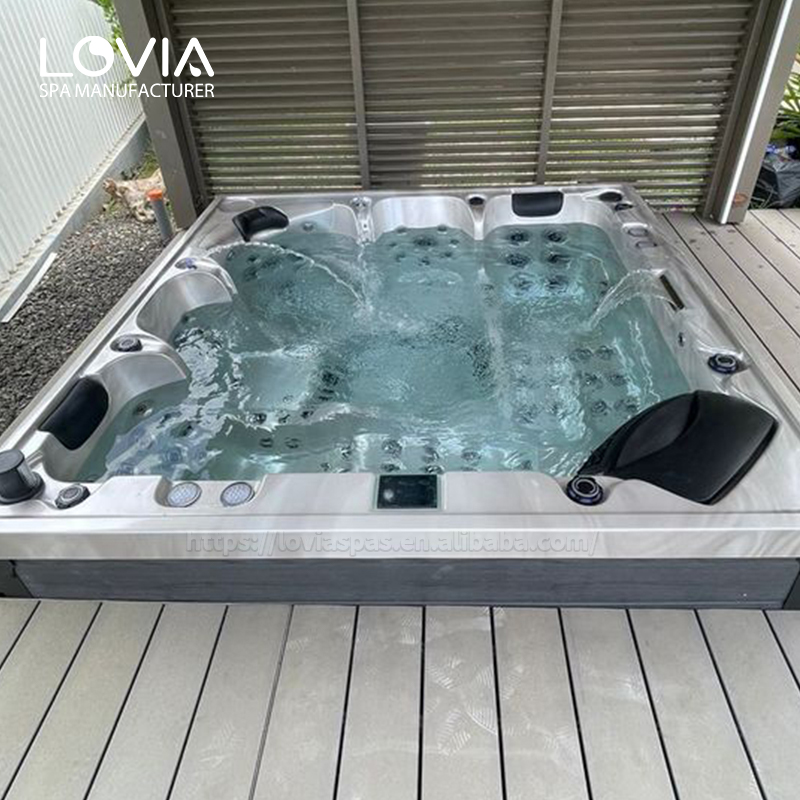
- Home
- >
- News
- >
- What is hot tub lung?
- >
What is hot tub lung?
2024-07-10 15:30In recent years, hot tubs have become increasingly popular in many homes because of their ability to provide ultimate relaxation and comfort. However, as their popularity has increased, some of the health risks associated with them have gradually attracted people's attention.
One of these health issues that needs to be taken seriously is hot tub lung. This article will take a closer look at what hot tub lung is, and learn about its symptoms, causes, prevention measures, and how to deal with it.

What is hot tub lung?
Hot tub lung is a lung disease caused by nontuberculous mycobacteria (NTM), the main pathogen of which is Mycobacterium avium complex (MAC). This pathogen is commonly found in water and soil, especially in warm and humid environments such as hot tubs, spas, and showers. The infection usually occurs after inhaling water vapor or aerosols containing the pathogen, causing inflammation and damage to the lungs.
What are the symptoms of hot tub lung?
The symptoms of hot tub lung are similar to other types of lung infections, but its chronicity and nonspecific presentation make diagnosis difficult. The main symptoms include: cough, difficulty breathing, fatigue, fever and chills, weight loss and loss of appetite.
1. Cough: A persistent dry cough is one of the most common symptoms of hot tub lung, sometimes accompanied by sputum.
2. Difficulty breathing: Patients may feel short of breath or have difficulty breathing, especially after exercise or activity.
3. Fatigue: Long-term lung infection can cause general fatigue and weakness.
4. Fever and chills: Although uncommon, some patients may experience low-grade fever and chills.
5. Weight loss and loss of appetite: Chronic diseases can cause decreased appetite and weight loss.
These symptoms are often not obvious in the early stages of infection and can be easily ignored or misdiagnosed as other respiratory diseases, such as chronic bronchitis or asthma.

What causes hot tub lung?
The main cause of hot tub lung is the inhalation of aerosols containing MAC bacteria. These bacteria can multiply rapidly in the warm water of a hot tub and spread into the air with bubbles or water vapor. When people inhale these tiny droplets of water containing germs, the germs can enter the lungs and cause infection and inflammation.
Contributors to MAC germs: Improper water management, high water temperatures, and poor ventilation.
1. Improper water management: If the water quality of your hot tub is not well managed and the disinfectant levels are insufficient, germs can easily multiply.
2. High water temperatures: Warm water temperatures provide an ideal growth environment for germs, especially at water temperatures of 35-40 degrees Celsius.
3. Poor ventilation: Indoor hot tubs that are poorly ventilated can have higher concentrations of germs in the air, increasing the risk of infection.
How to prevent hot tub lung?
The main way to prevent this type of infection is to properly clean your hot tub and its filter regularly. Chlorine, the most common water disinfectant, loses most of its effectiveness when the water temperature rises above 84 degrees. While it still purifies the water, it is not as effective. This means you have to be more careful about changing and cleaning your hot tub's filter, and changing the water regularly.
It's also a good idea to shower before taking a hot tub bath, especially if you haven't changed the water in a while. Most infections are caused by poor water quality and not showering before entering the hot tub, which creates a perfect breeding ground for bacteria.
It is important to change the water regularly and make a habit of thoroughly cleaning the hot tub. Although sometimes just flushing the filter is enough, be sure to use a filter cleaner regularly.

How to deal with hot tub lung?
If you suspect you have hot tub lung, you should stop using the hot tub immediately to avoid further inhalation of germs. See your doctor promptly and describe your symptoms and possible sources of infection in detail. Your doctor may order diagnostic tests such as chest X-rays, CT scans, and sputum tests. Hot tub lung usually requires long-term antibiotic treatment. Depending on the type of pathogen and the patient's condition, the doctor will prescribe an appropriate course of antibiotics, which usually needs to last for several months or even longer. During treatment, patients need regular checkups to monitor changes in their condition and ensure the effectiveness of treatment.
Conclusion
Although hot tubs can provide great relaxation and comfort, hot tub lung, as a lung disease caused by MAC bacteria, reminds us that we must pay attention to the potential health risks while enjoying hot tubs. The risk of infection can be effectively reduced through proper maintenance and preventive measures, such as regular cleaning, controlling water temperature, and ensuring good ventilation.
For those who have already been infected, it is crucial to promptly recognize symptoms and take appropriate treatment measures. Most patients can gradually recover by stopping hot tub use, seeking medical examinations, receiving antibiotic treatment, and improving their living environment.
